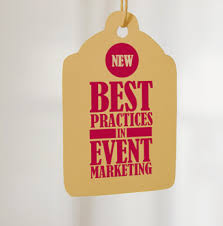Embracing the Digital Shift: Transforming Marketing Collateral for the Online World
Introduction
In today’s fast-paced digital landscape, traditional marketing approaches are swiftly giving way to innovative strategies that leverage the power of the online realm. One such transformation is the shift from physical marketing collateral to its digital counterpart. As businesses adapt to changing consumer behaviors and preferences, the transition to digital marketing collateral offers a multitude of advantages, enabling companies to reach wider audiences, engage with customers more effectively, and track performance in real-time.

The Evolution of Marketing Collateral
Marketing collateral, in its traditional form, includes printed materials such as brochures, flyers, business cards, and posters. While these materials have served businesses well for decades, the digital age has introduced new avenues for engagement. Digital marketing collateral encompasses a range of assets, including:
- Online Brochures and E-Brochures: Instead of printing physical brochures, businesses can now create interactive online versions that can be easily shared via email, social media, or websites.

